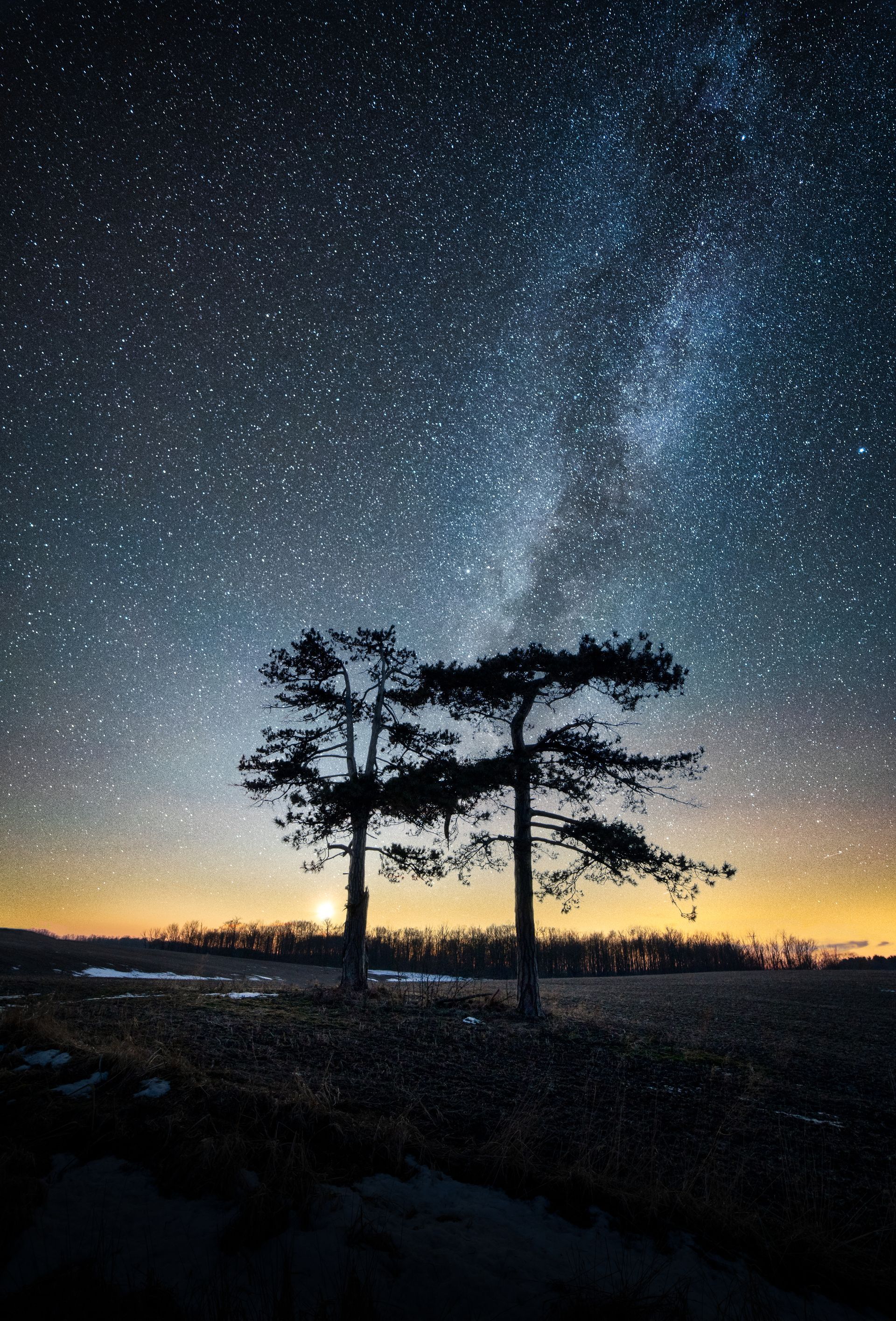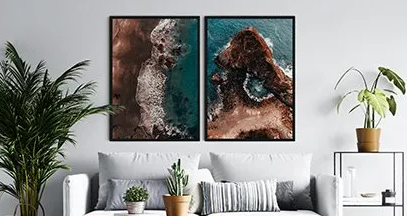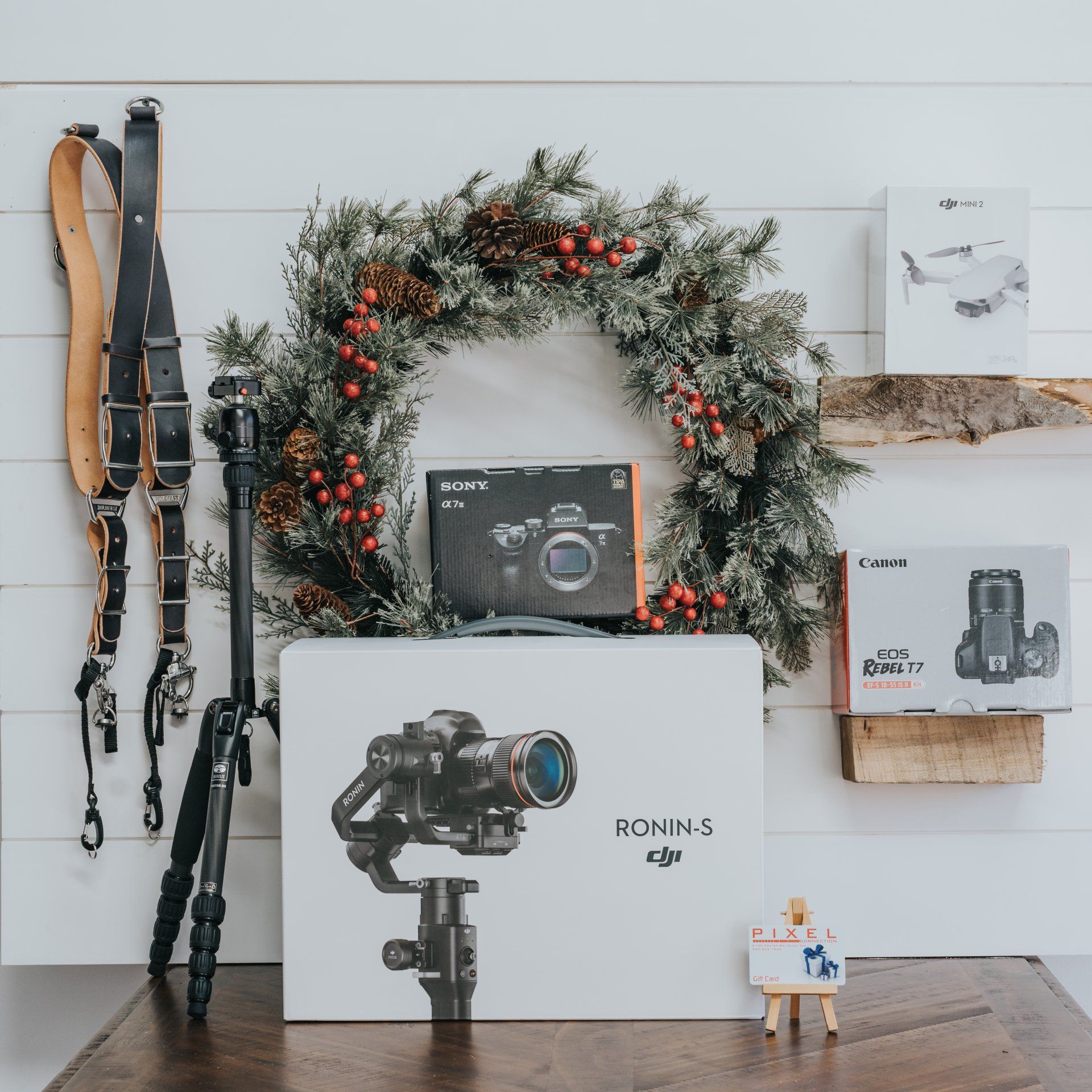5 Tips for better night photography
5 tips for better night photos.
Night photography can be incredibly difficult to master. Trying to capture the perfect image of the moon, the stars, lightning, or even just dimly lit areas can be a hassle. Night photography can be especially complicated if you are new into the world of photography. We understand your struggles and we want to provide you with a gateway into mastering the secrets of capturing the night sky’s beauty. With the help of Zakk Sheehan, we were able to compile a guide to support you in your journey of learning the art of night photography.
- What are the essential camera settings and equipment that should be used for night photography?
A: Some of the essential camera equipment that you will probably need while shooting night photography includes a fast lens, a sturdy tripod, a remote trigger, and a head lamp. A full frame camera isn’t a necessity in shooting night photography but it helps with the process an immense amount. Aim for a lens that is f/2.8 or faster. Having a sturdy tripod and a remote trigger provides you with a strong base and avoids blur in your photos from camera shake. A star tracker isn’t a necessity in shooting night photography but it helps in gathering as much light as possible for your night shots. In terms of camera settings, be sure to avoid using auto white balance, set it to what appears best. Setting your f-stop pretty low, to approximately f/1.8 or f/1.4, is the most ideal in night photography. ISO is most ideal to start high, to approximately 6400 ISO, since noise is easy to fix. Stacking photos helps resolve noise easily. Shutter speed works well with the 300 rule. The 300 rule involves taking 300 and dividing it by your focal length. For example, 300/20mm=15 seconds. In this situation, as long as you don’t go past a 15 second shutter, you won’t get star trailing.
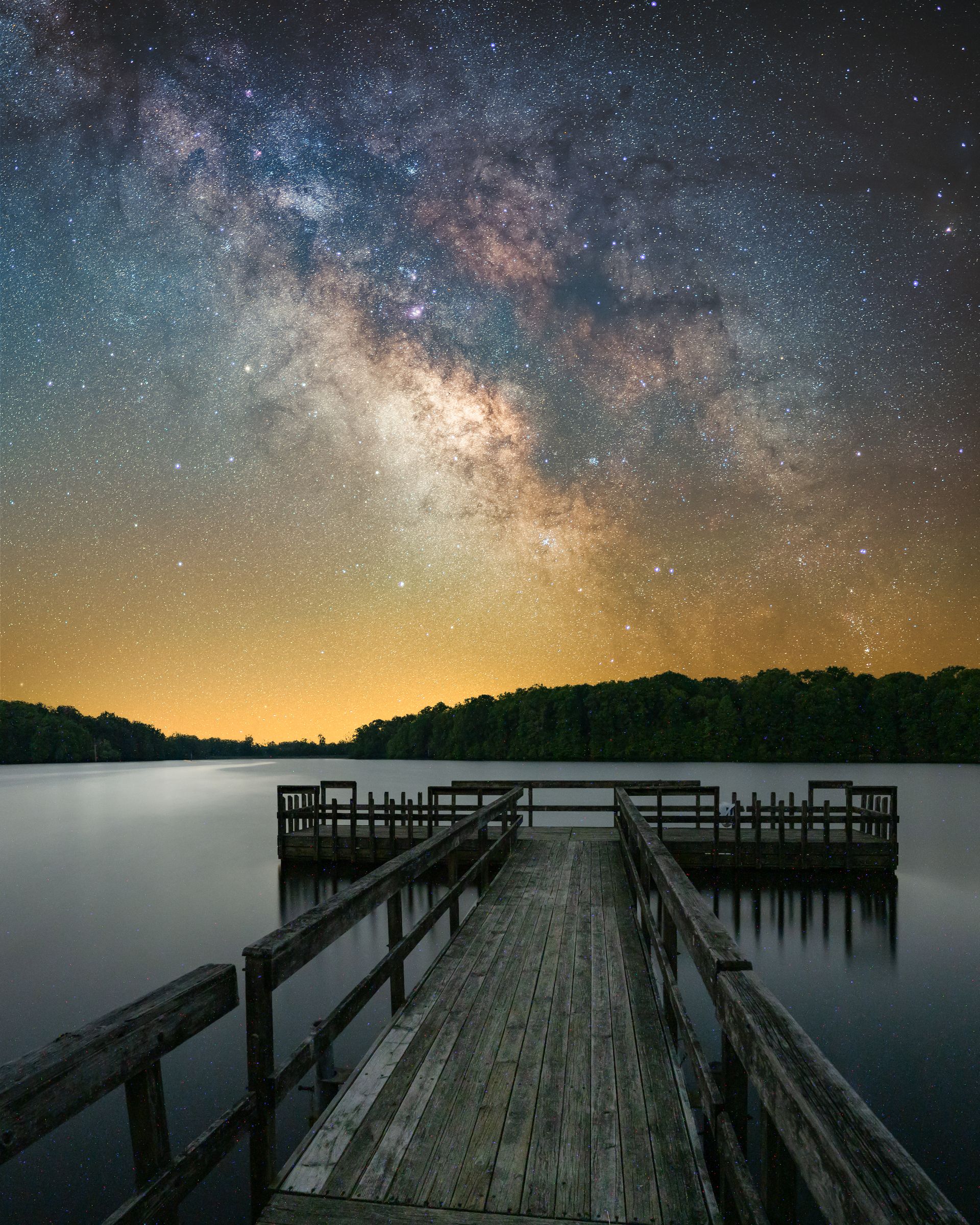
2: How different is nighttime photography from daytime photography?
A: Night photography is extremely different from day photography. When it comes to photography, light is everything. At night, you are using all of your skills and equipment to get every piece of light possible from pitch blackness to make your image visible.
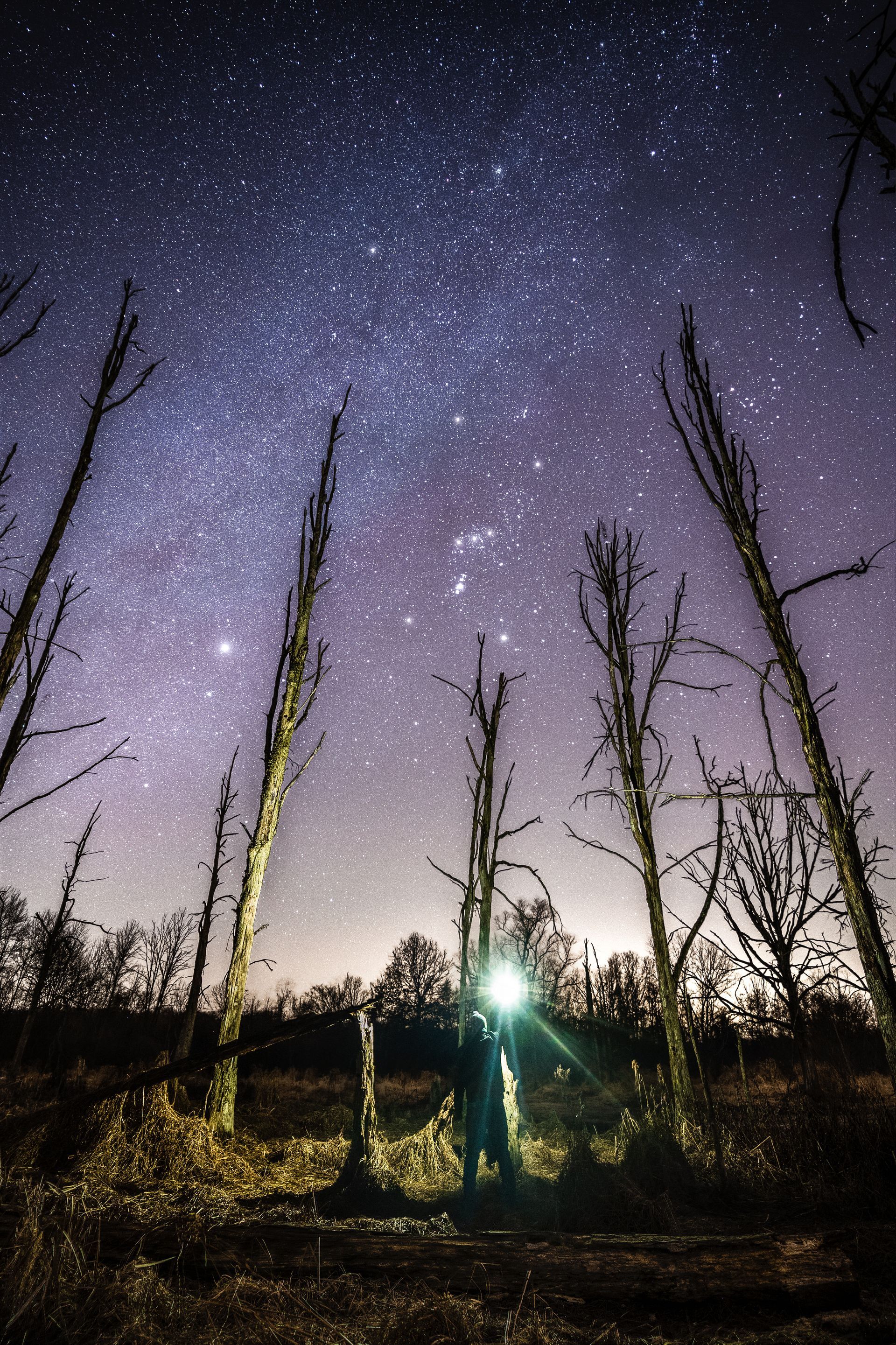
3:Are there any post processing techniques that can enhance night photos?
A: Post processing is everything when it comes to bringing out the most details in your nighttime photos. Photoshop and Lightroom are probably the two best programs to utilize when post processing. It’s ideal to start in Lightroom to do basic edits and then bringing the photo into Photoshop to create more precise edits. Starry Landscape Stacker is a really good program to use for stacking photos through Mac. It’s extremely easy to use and very powerful.
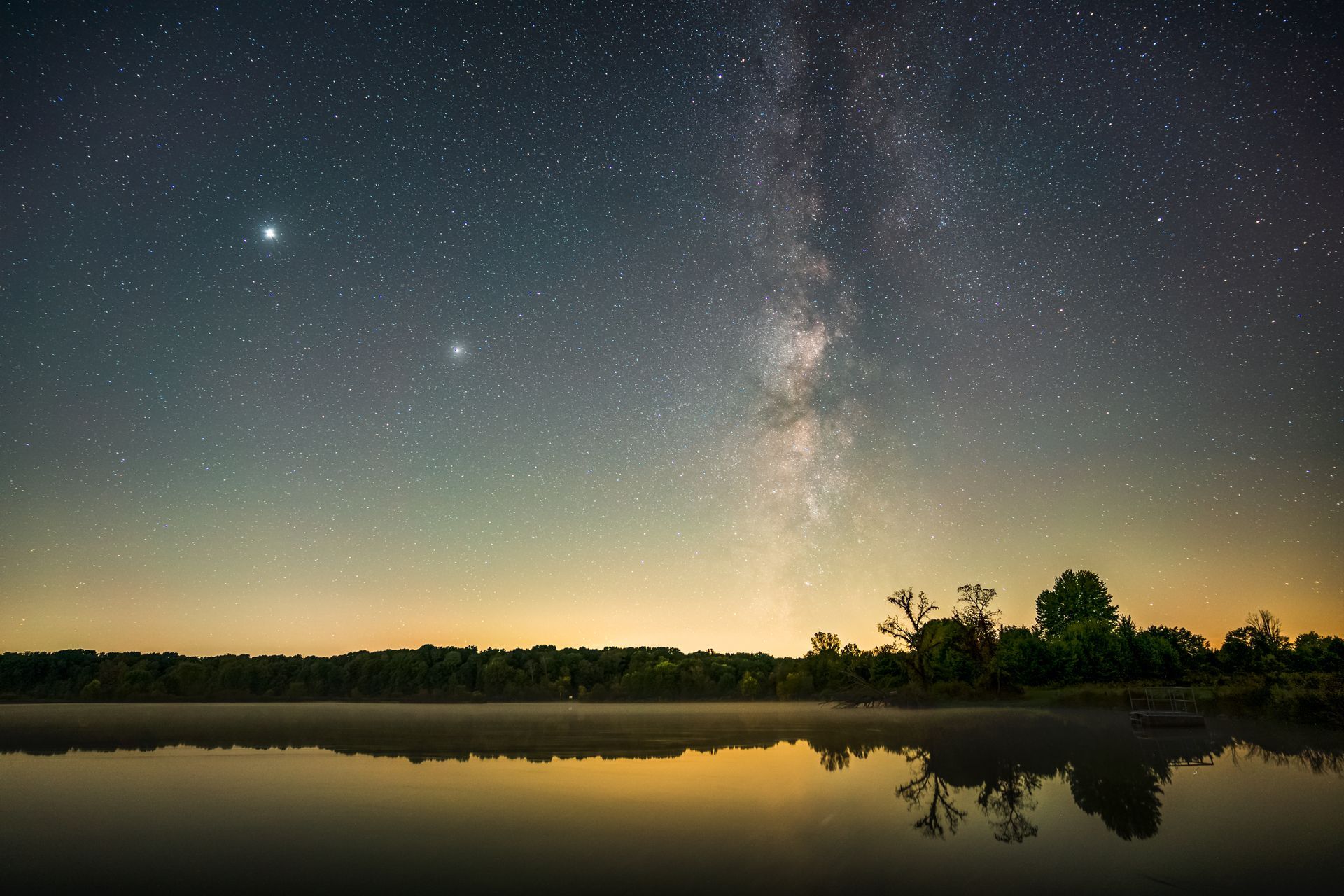
4:What are some common challenges or obstacles that photographers face when shooting at night? How can these obstacles be overcome?
A: It’s difficult to know if you got the perfect focus or used the best settings until you get home from the shoot. The only way to feel more confident in this is practice. Be sure to go out whenever the sky is clear to get practice shots in.
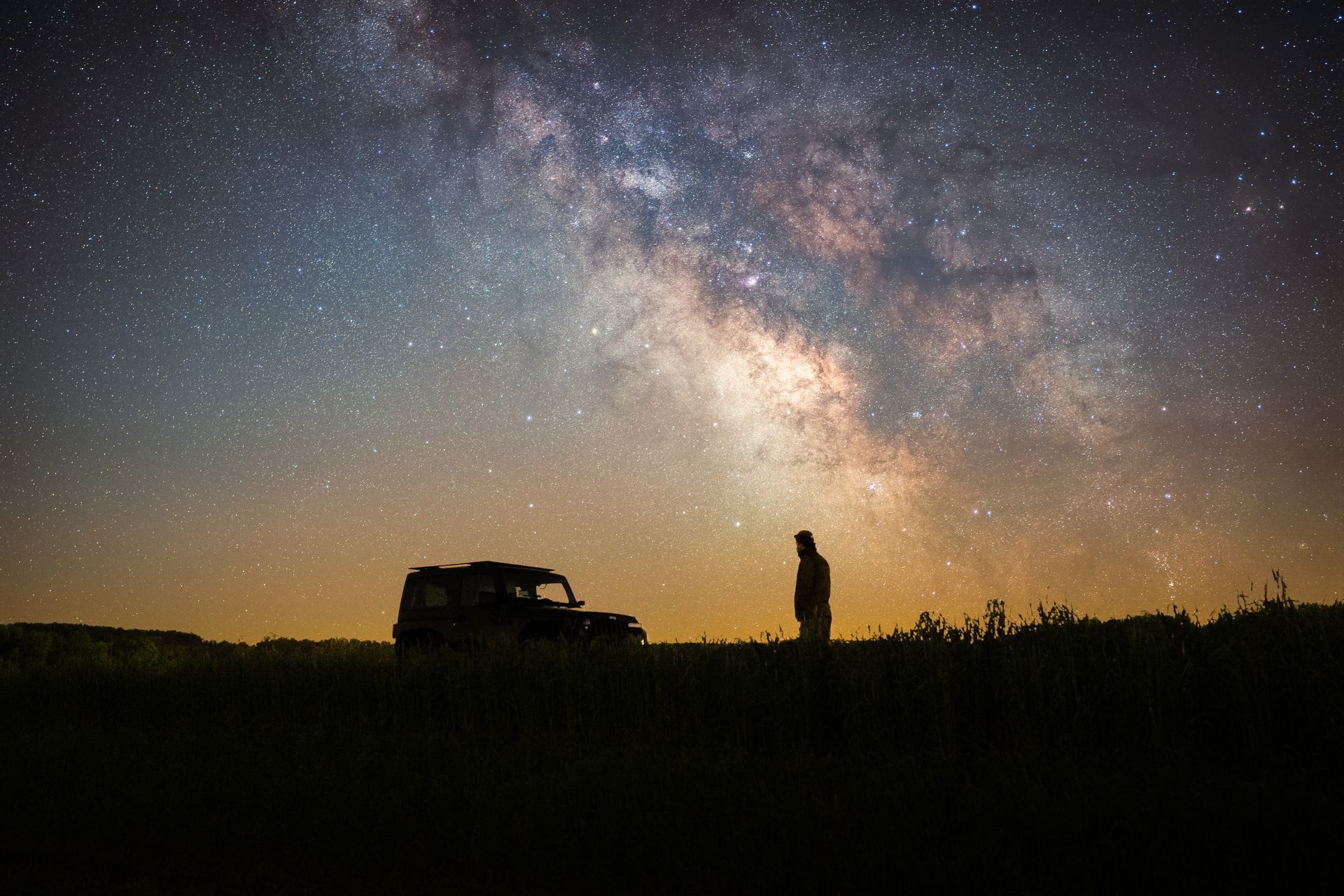
5:Do you have any tips for any beginners who want to get into night photography?
A: 1. Shoot with people who are better and/or more experienced than you. They have already tried things that don’t work, so you’ll be able to avoid those mistakes. Learning from experience is one of the best ways to improve your craft.
2. Shoot higher ISO and take multiple photos to stack.
3. The milky way is cool, but if you don’t have a good foreground, your photo will probably just be of the sky. Be sure to have a good foreground.
Now that we have covered some key tips and tricks relating to the world of night photography, we hope to have given you some clarity on how to approach the craft of taking flawless night photos. While beginning your endeavor in the art of night photography, maintain your curiosity, creativity, and passion. These aspects will drive you in enhancing your craft and taking stunning shots.

